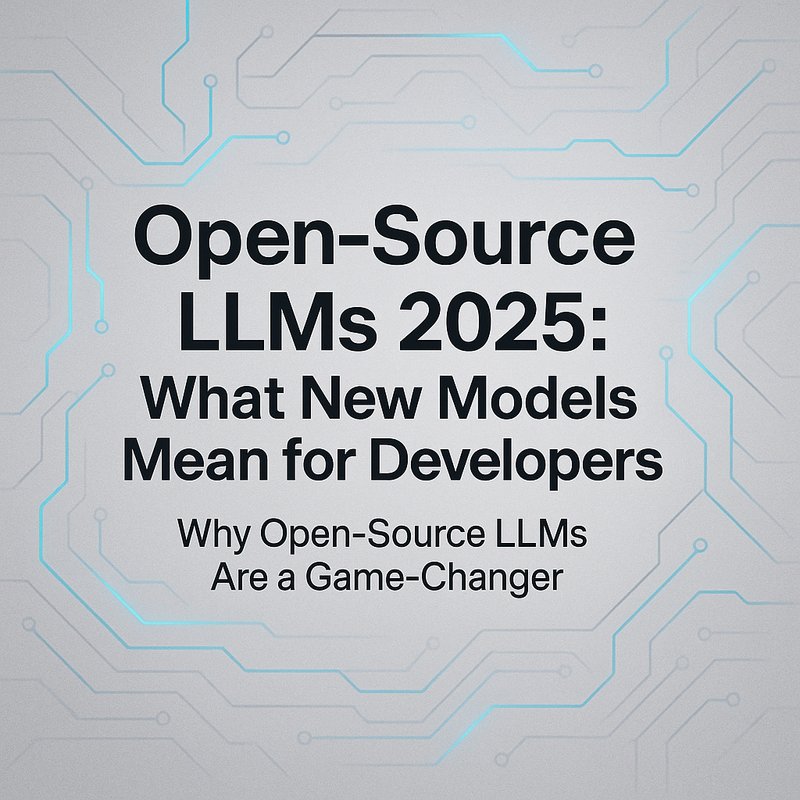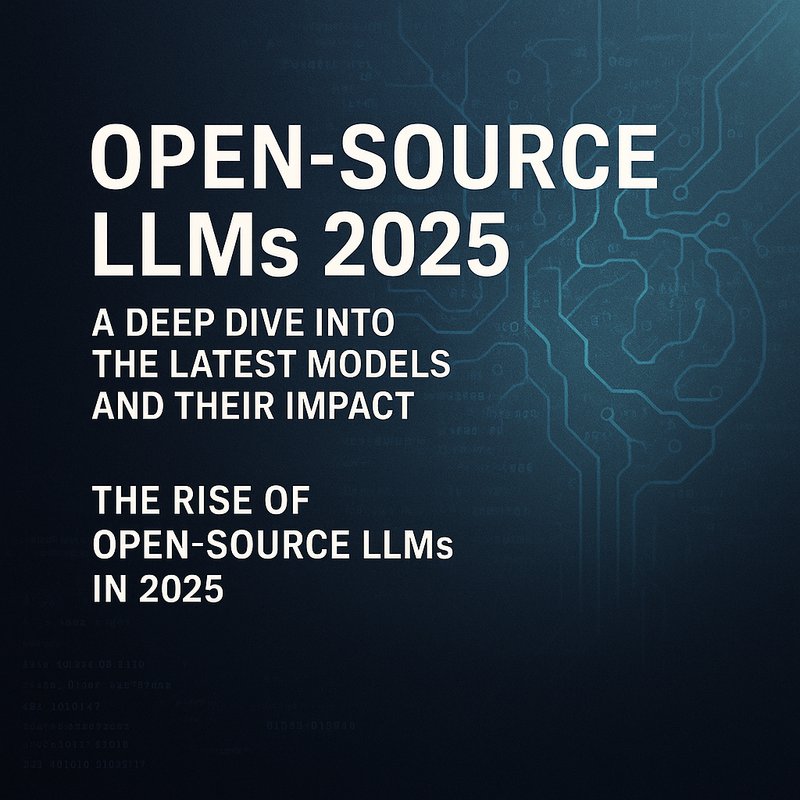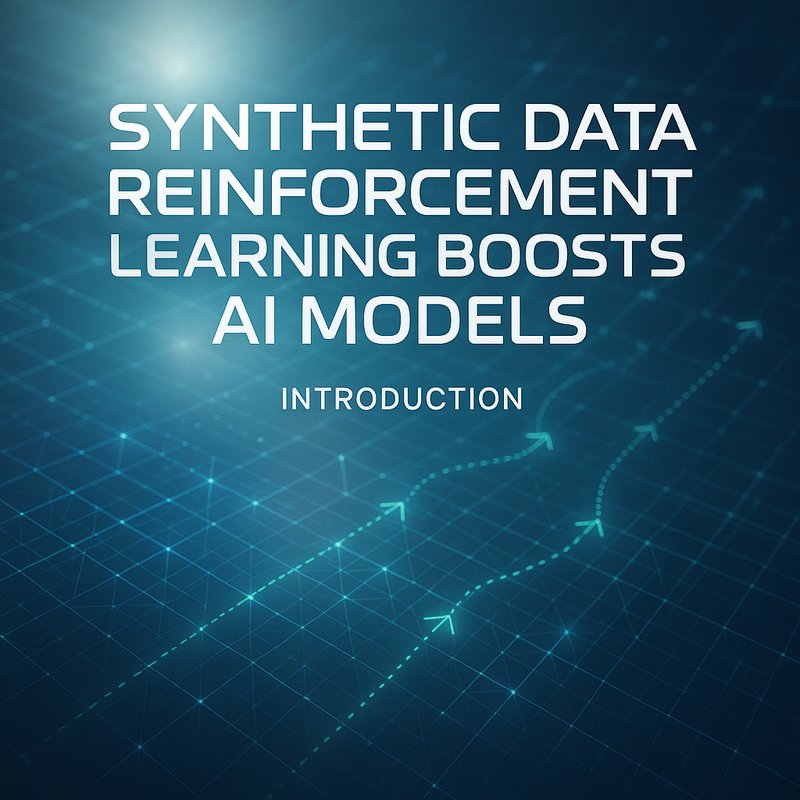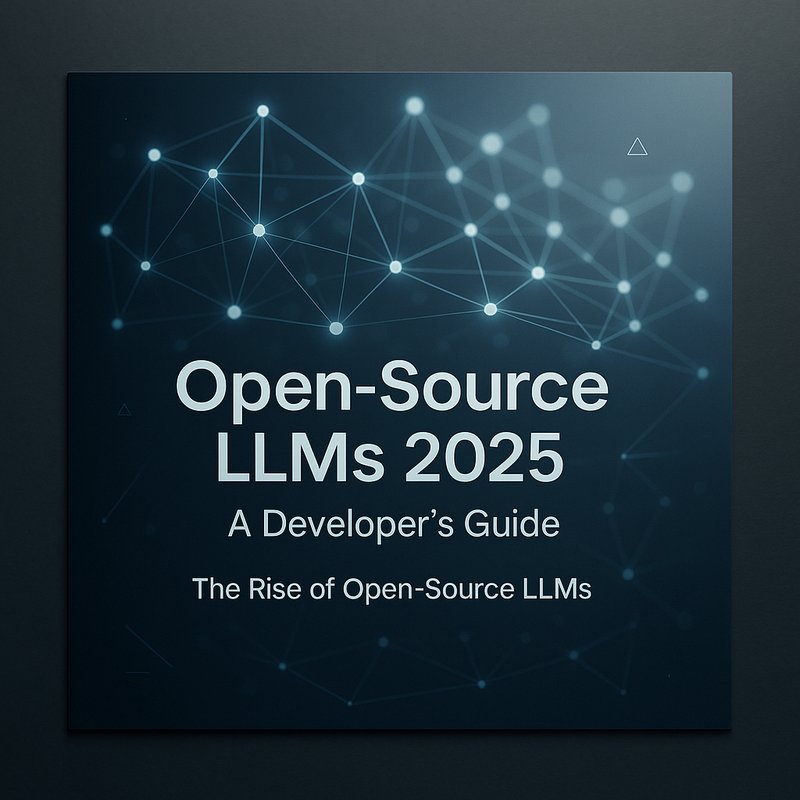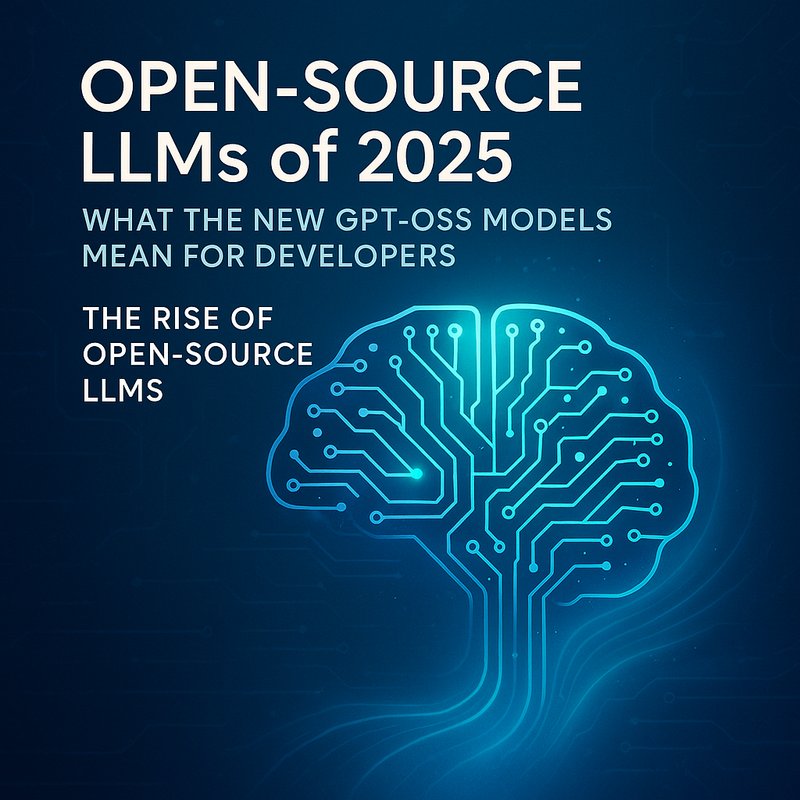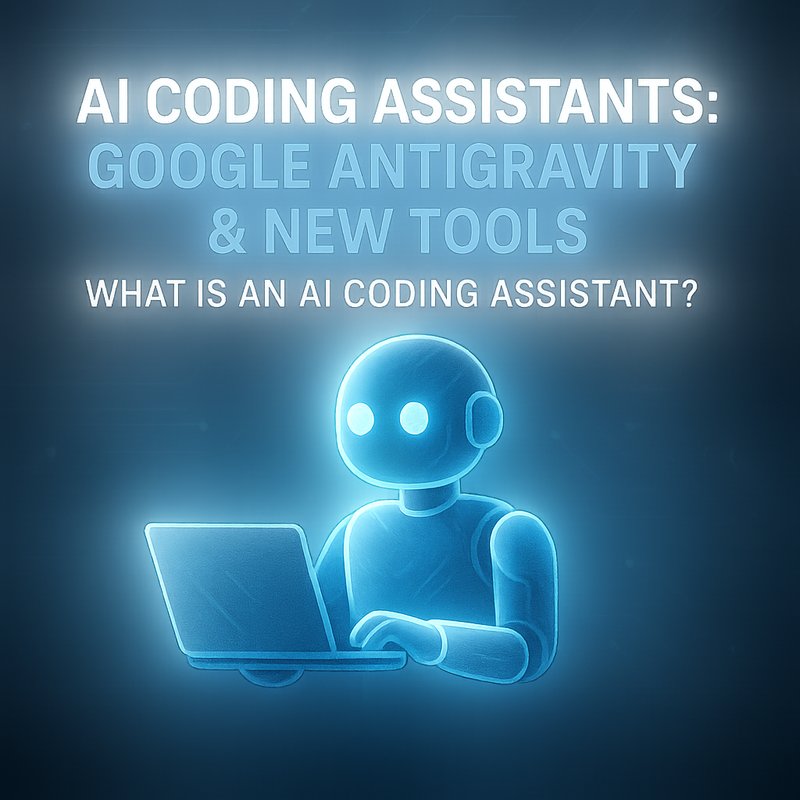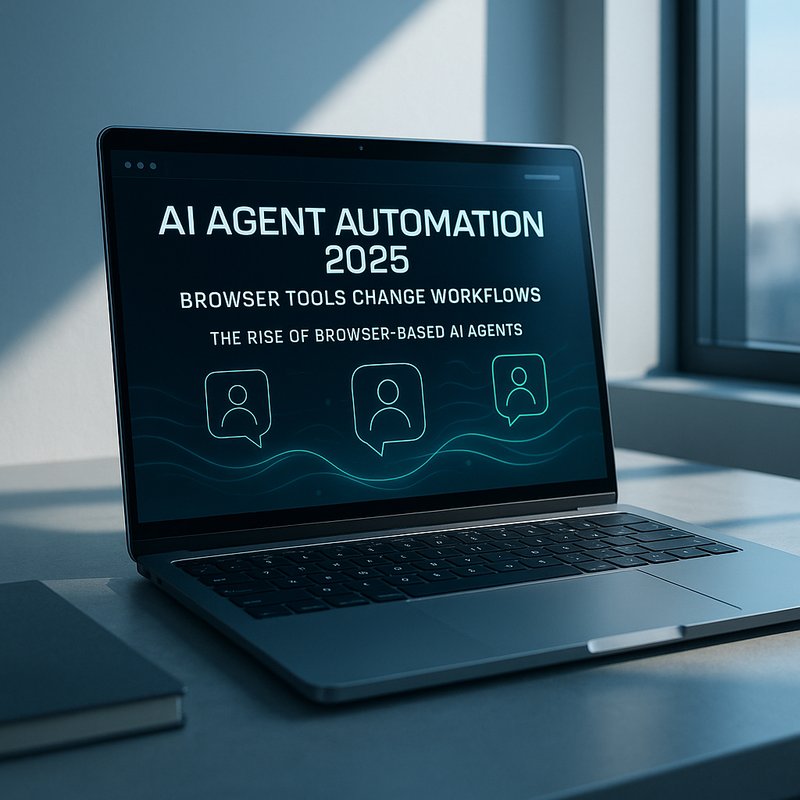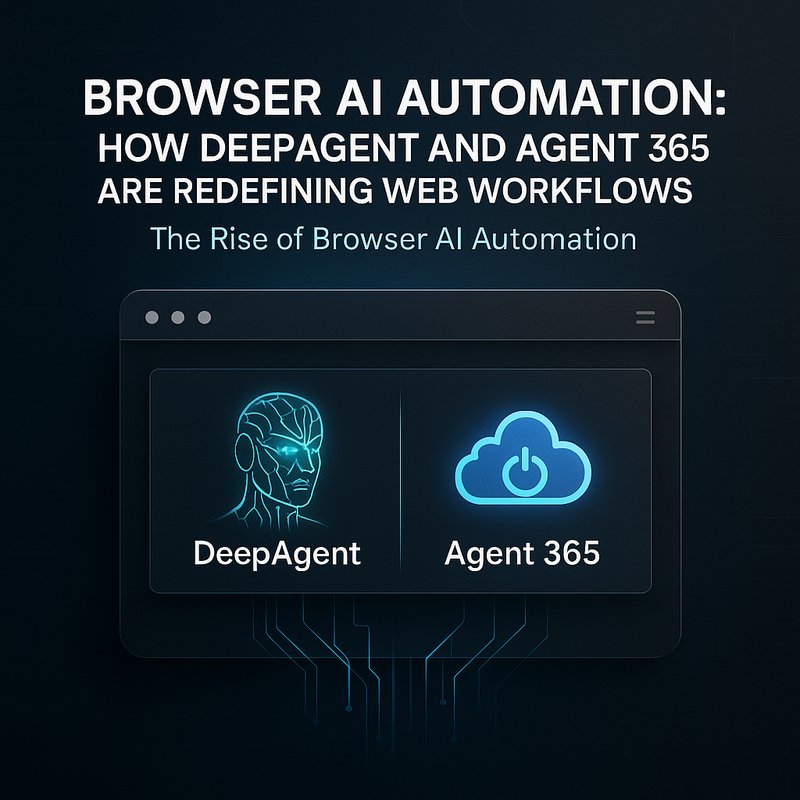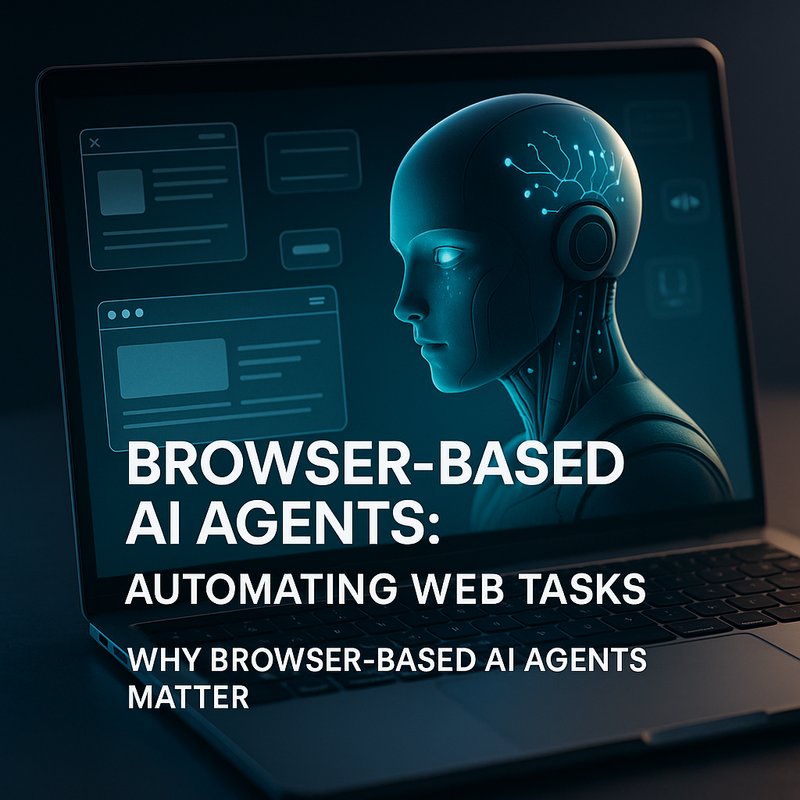Developers around the world have a new playground to explore. In 2025 the open‑source world of large language models (LLMs) has exploded. From Anthropic’s Claude Opus 4.5 to Google’s Gemini 3, and from NVIDIA’s Nemotron series to Alibaba’s Qwen, the field is full of fresh releases that bring bigger models, smarter agents, and cheaper costs. This article dives into what these new models look like, how they compare, and why they matter for you as a software developer, data scientist, or AI hobbyist.
1. Why Open‑Source LLMs Are a Game‑Changer
Open‑source LLMs let you:
- Run models locally or on your own cloud – no vendor lock‑in.
- Fine‑tune on niche data – train on a specialty dataset in hours instead of months.
- Experiment freely – try out different architectures without waiting for a release.
- Keep control over data – ideal for industries with strict privacy rules.
These benefits make open‑source LLMs 2025 the most accessible way to build AI today.
2. The Biggest New Releases of 2025
| Model | Source | Key Feature | Size |
|---|---|---|---|
| Claude Opus 4.5 | Anthropic | Agent‑centric architecture, advanced coding abilities | 200B |
| Gemini 3 | Deep Think mode, multimodal reasoning, integrated into Google Search | 175B | |
| GPT‑5 | OpenAI | “PhD‑level” reasoning, lower hallucination | 300B |
| Qwen‑X | Alibaba | 3 models per month, open weights | 120B |
| Nemotron‑4 | NVIDIA | Designed for NVIDIA GPUs, open‑source microservices | 250B |
| MiniMax‑M2 | Shakudo | Small, fast, agentic coding focus | 1.5B |
| Grok Code Fast 1 | DeepSeek | Optimized for code completion in IDEs | 6B |
Each of these models brings something new to the table, from improved safety to richer multimodal abilities.
3. Claude Opus 4.5 – The Most Advanced Agent Model
Anthropic’s Claude Opus 4.5 tops the list for its “agent‑centric” design. It can:
- Plan multi‑step tasks – break a job into subtasks automatically.
- Use external tools – call APIs or read files.
- Self‑correct – detect and fix mistakes in real time.
Developers find it great for building chat‑based help desks or code assistants. Because it’s open‑source, you can run it on a single GPU and still get solid performance.
4. Gemini 3 – Google’s Deep Think Powerhouse
Google’s Gemini 3 introduced a Deep Think mode that pushes reasoning to new heights. It can:
- Understand complex instructions, like “Design a microservice architecture for a stock‑trading platform.”
- Generate images and text in one go, making it ideal for creative applications.
- Integrate with Google Search, giving real‑time web knowledge.
While the model is larger than most open‑source options, its API pricing is competitive, and the free tier is generous for developers who want to experiment.
5. GPT‑5 – The “PhD‑Level” AI
OpenAI’s GPT‑5 is the most powerful model released in 2025, with 300B parameters. Its biggest selling points:
- Reduced hallucination – fewer wrong facts.
- Long‑form reasoning – can keep track of a 100‑turn conversation.
- Fine‑tuning – can be trained on a custom dataset with minimal effort.
Because OpenAI has released GPT‑5 under the open‑source license with a large‑scale model, developers can now host GPT‑5 locally if they have enough GPU power.
6. Alibaba’s Qwen – A Rapid‑Release Strategy
Alibaba’s Qwen series is notable for its release cadence: about three new models a month. This gives developers:
- A steady stream of improvements without waiting for a yearly release.
- Specialized models – e.g., Qwen‑Vision for image tasks.
- A large community that shares fine‑tuning scripts.
If you’re building a product that needs continuous learning, Qwen’s rapid updates are a real advantage.
7. NVIDIA Nemotron – GPU‑Optimized Open LLMs

NVIDIA’s Nemotron‑4 focuses on performance on NVIDIA GPUs. Features include:
- CUDA‑ready kernels – speed up inference by up to 30 % on a single RTX 4090.
- NIM microservices – deploy the model as a lightweight container.
- Open‑source codebase – perfect for building custom inference pipelines.
NVIDIA’s partnership with AWS also means you can run Nemotron on Amazon SageMaker with minimal setup.
8. Small but Mighty – MiniMax‑M2 and Grok Code Fast 1
When resources are tight, MiniMax‑M2 (1.5B) and Grok Code Fast 1 (6B) shine. They are:
- Fast – can run on a single CPU core for simple tasks.
- Specialized – MiniMax‑M2 is great for coding, while Grok Code Fast 1 is built for IDE integration.
- Low‑cost – the open‑source license lets you run them on a budget.
These models are a great fit for educational projects, prototypes, or low‑traffic production services.
9. Security and Governance in Open‑Source LLMs
With the rise of autonomous agents, security has become a hot topic. Recent tools like Token Security and Autonomous Security Agents help developers:
- Guard AI agents from unsafe actions.
- Audit API calls in real time.
- Enforce tool‑use policies automatically.
If you plan to deploy agents that can make decisions or interact with the web, integrating a security layer is a must.
10. How to Choose the Right Model for Your Project
| Scenario | Best Model | Why |
|---|---|---|
| Need a chat assistant that can browse the web | Gemini 3 | Deep Think + web integration |
| Building a coding helper | Claude Opus 4.5 or MiniMax‑M2 | Strong coding knowledge |
| Low‑budget prototyping | MiniMax‑M2 | Small size, quick setup |
| Enterprise deployment with GPU scale | Nemotron‑4 | GPU‑optimized, easy to scale |
| Custom fine‑tuning on a niche dataset | GPT‑5, Qwen | Large parameter count, flexible |
Always test a few models on a small sample before committing. Measure latency, cost, and output quality.
11. Getting Started with Open‑Source LLMs 2025
- Pick a model from the table above.
- Choose a hosting solution – local GPU, AWS SageMaker, or Google Cloud.
- Set up an inference pipeline – many models come with Docker images.
- Fine‑tune with your own data if needed.
- Add a safety layer – use token‑level checks or a dedicated security agent.
- Deploy – expose a simple REST API or integrate into your app.
Helpful resources:
- Neura AI’s Router – connects to 500+ models with one endpoint.
- Neura ACE – auto‑generates content and can help you set up fine‑tuning scripts.
- Neura Artifacto – great for experimenting with prompts and seeing instant results.
Check out the Neura case studies for real‑world examples of how companies built agentic applications with open‑source LLMs.
12. The Road Ahead – What to Watch
- More models from major vendors and community projects.
- Improved safety layers that run in parallel with inference.
- Standardized APIs that make switching between models trivial.
- Better multimodal capabilities – text, image, and video in one pass.
- Smaller, efficient models that can run on edge devices.
The open‑source space is growing fast, so keeping an eye on community releases and experimenting early will keep you ahead.
13. Final Thoughts
Open‑Source LLMs 2025 are not just a trend; they’re a shift in how developers build AI. With powerful new models, community‑driven tools, and a growing ecosystem of security and deployment solutions, you can build sophisticated AI applications without the overhead of proprietary platforms. Whether you’re a hobbyist, an academic researcher, or a startup founder, the new open‑source models give you the flexibility and control you need to bring ideas to life.
Happy coding, and enjoy the new era of AI that’s all open for everyone!
